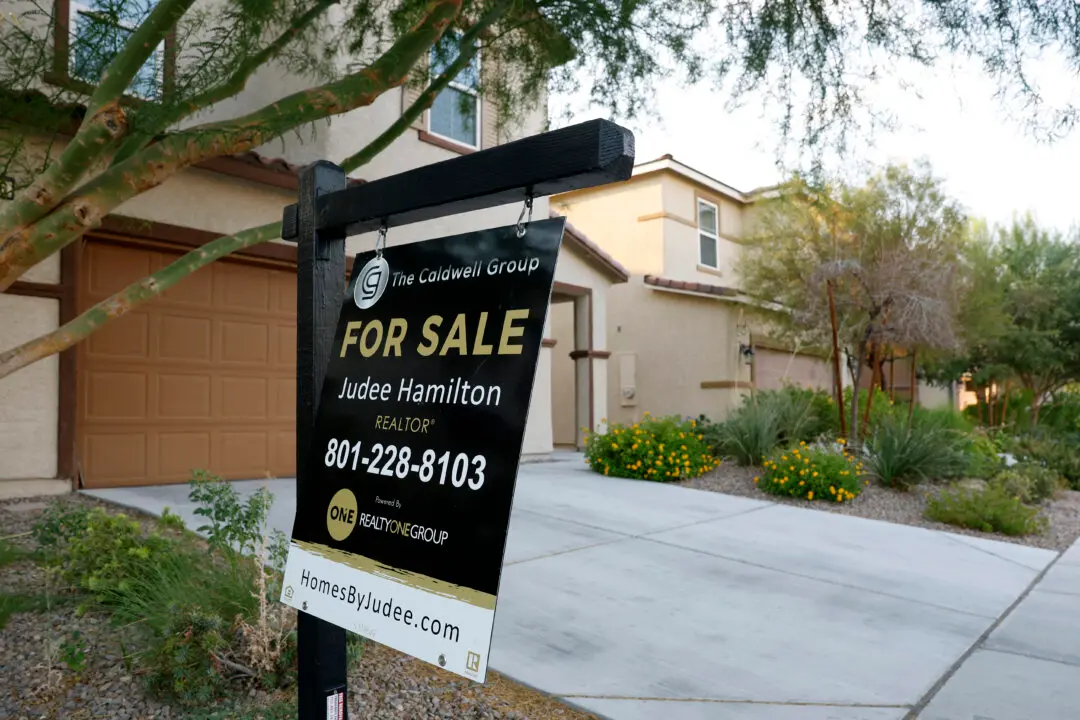WASHINGTON—Several studies show the economic gaps between the urban and rural areas of the United States have grown wider since the recession of 2008. Opportunity zones, however, are expected to help smooth the uneven economic recovery in the country by spurring investment in communities that are left behind.
Created by the 2017 Tax Cuts and Jobs Act, opportunity zones incentivize Americans and foreigners to invest in economically under-served communities of the United States. The program, which has started to take shape in recent months, offers tax advantages to private investors who invest in opportunity zones.





